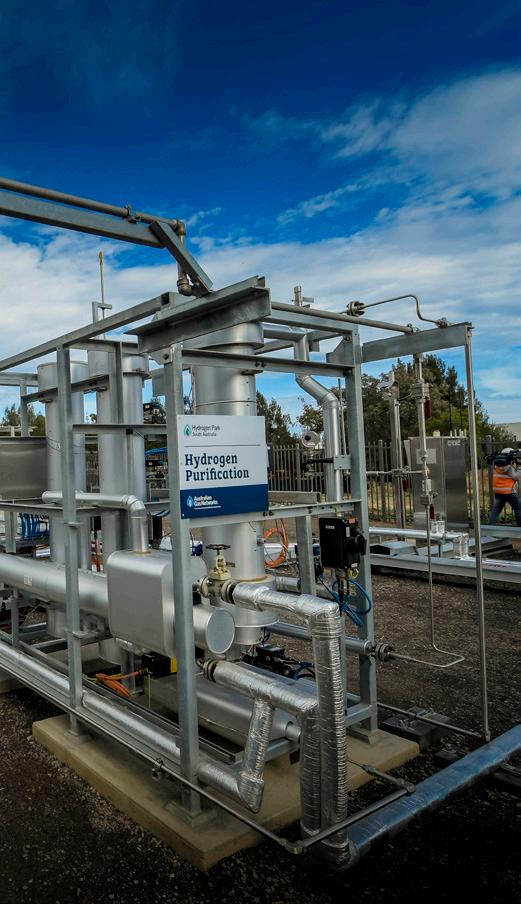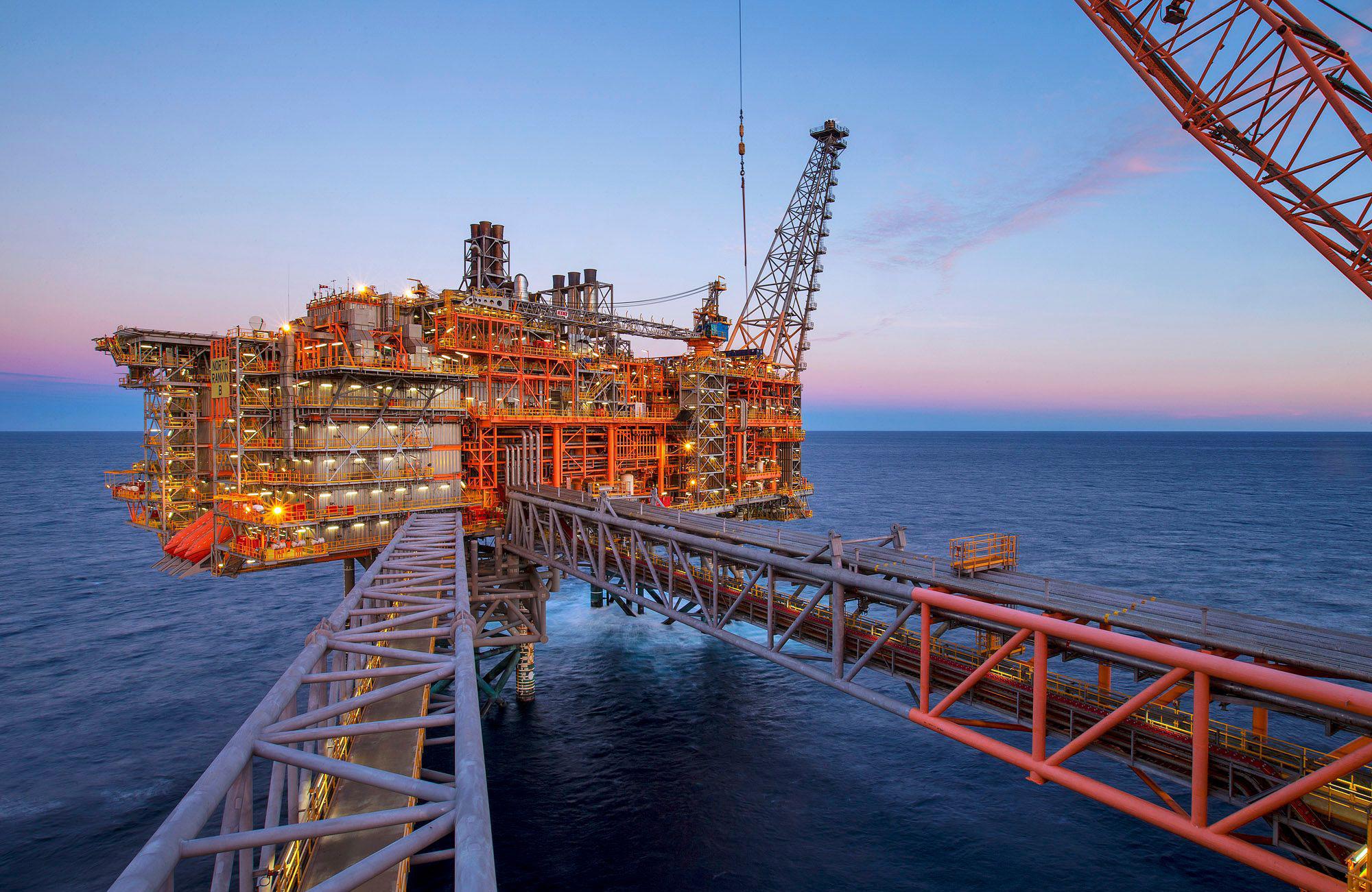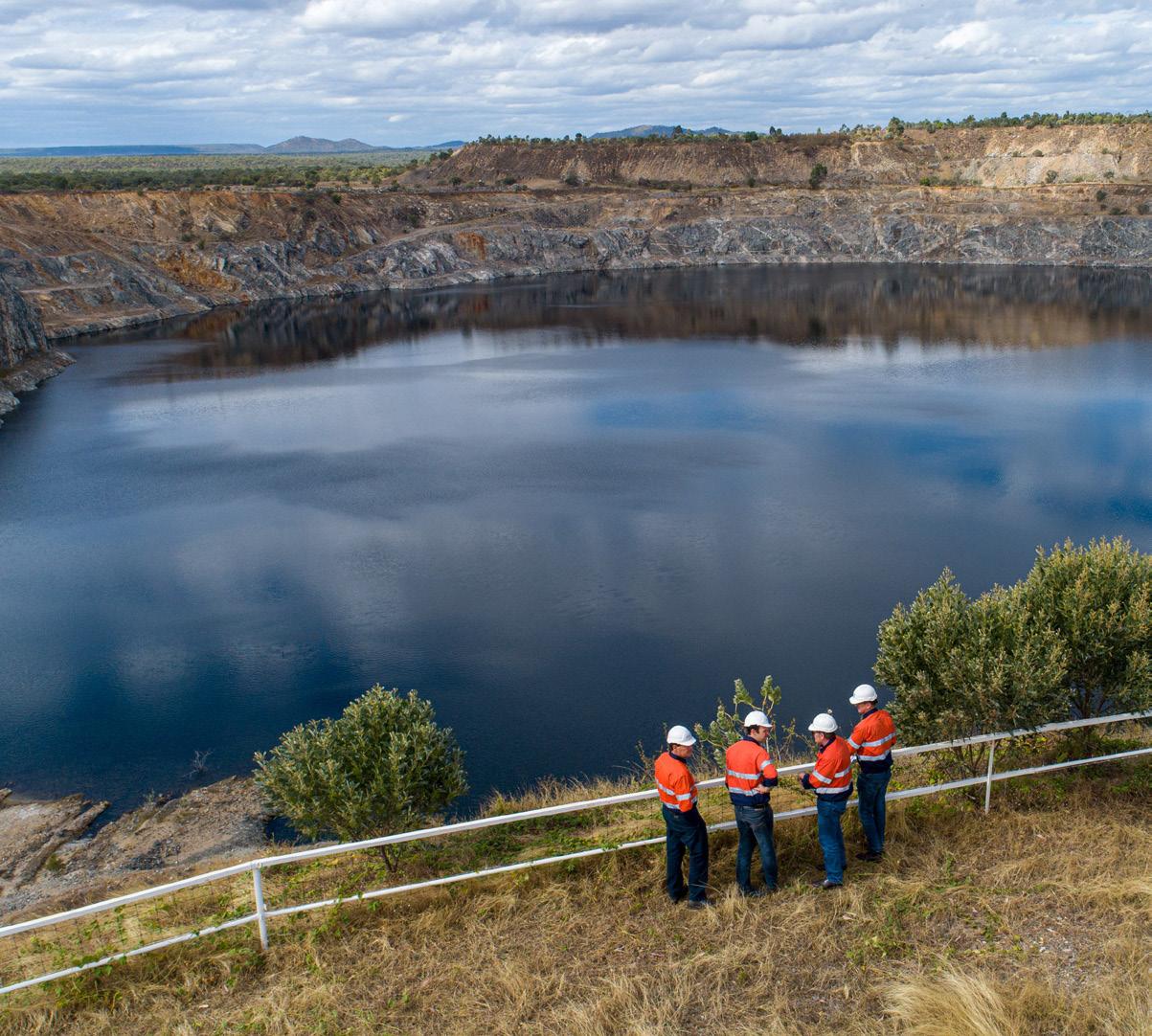
3 minute read
Energy to sell, or cash to burn?
EDUCATION OVERVIEW
Energy to sell, or cash to burn?
A new investment dynamic has put fast profits over energy sector growth – but at what cost?
PETER STRACHAN
Australia is a net energy exporter in the form of liquified natural gas (LNG), coal and uranium oxide. Oil production of 380,000 barrels per day contrasts with consumption near one million barrels per day, resulting in a net importation of petroleum liquids. The nation exports about 80 per cent of its gas production, or 11 billion cubic feet (Bcf) per day, as LNG, while 2.7 Bcf of gas is consumed daily in the domestic market.
High risk-reward: Cyclical commodity pricing
The petroleum industry is characterised by high geological and political risks, incredible commodity price volatility, massive capital intensity and growing threats to its social license to operate. It is not uncommon for offshore exploration wells with a 70% chance of failure to cost over $100 million. Combined with falling oil and gas prices late last decade, these risk factors saw Australian exploration investment fall from $3 billion in 2009 when 340 exploration wells were drilled, to a low of around $400 million in 2021 on just 30 wells, as lower cost onshore exploration dominated.
Focus shifts to profitable production
Petroleum price increases have lifted operating cash flows and boosted forecast net present values for development, providing confidence for project funding going forward. Over the past three years, crude oil has traded between US$25 and US$125 per barrel while spot LNG cargoes ranged from US$2 to over US$50 per gigajoule. Thermal coal miners experienced commodity prices of between US$50 and US$120 per tonne in the decade prior to 2020 as global funds shunned the industry. Recent pricing closer to US$400 per tonne has strengthened balance sheets boosting capital needed to sustain operations. After a decade of uncommercial uranium oxide pricing below US$40 per pound, the market has sprung to life. Spot pricing for uranium oxide concentrate recently hit US$62/lb before a recent retreat, spurring the recommissioning of Boss Energy’s in situ recovery project at Honeymoon Well in South Australia, joining BHP’s legacy production of around 3,000 tpa of U3O8 from Olympic Dam.
Consumption of fossil fuels not declining
More energy is required to support society as nations continue to expand economies and global population numbers continue to rise by about 75 million annually. To date, a needed transition to energy sourced from lower carbon intensity, rebuildable machines that capture, store, and distribute energy generated from wind and solar sources, has lagged growth in total energy consumption.

Peter Strachan
An oil refinery Hydrogen Park, SA


Woodside - North West Shelf Project, WA
A new investment paradigm
Investment dynamics for the energy sector have altered dramatically since 2019. Access to capital has been impacted by ESG concerns, historical poor returns on capital and commodity price weakness for the sector. Major fuel producers have substantially downgraded exploration spending to focus on generating free cash flow by developing their existing portfolio of projects, aiming to reward shareholders by paying dividends rather than chasing costly growth. This squeeze was exemplified when FAR Ltd was obliged to sell a ~$1.7 billion interest in the 485-million-barrel Sangomar development for ~$235 million for lack of access to funding. Woodside’s merger with BHP is evidence of this hunkering down, cost reduction, cash flow focused approach with most major energy companies holding a project development to-do list that will keep them occupied for a decade. Ultimately, unless funds are directed at exploration, the pool of projects that are ready to develop will shrink and supply will remain constrained, holding commodity prices high. A bid for pumped-hydro, solar/ wind company Genex Power demonstrates that eyes have finally turned to the rebuildable sector. Meanwhile, Aussie battery maker Redflow is scoring grid-scale power storage installations to go alongside its list of smaller applications.

QUICK FACTS
Australia: a net importer of petroleum liquids but exports ~ 11 Bcf gas daily.
Cash flow is king - focus on production and project development, not exploration.
Demand rising faster than supply means a higher price paradigm.
Genex Power’s Kidston Pump Storage Hydro Project









